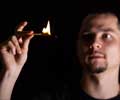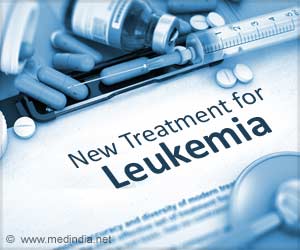New study identifies a combined signature of reward sensitivity, impulsivity, and sleep-circadian features that may help detect and monitor mania risk.
- Researchers from the University of Pittsburgh have identified a combined signature of reward sensitivity, impulsivity, and sleep-circadian features that may help in detecting mania risk
- The study found three "profiles": healthy, intermediate risk, and high risk. The high-risk and moderate-risk groups showed more mania symptoms over 12 months compared to the healthy group
- The findings provide targets to guide and monitor early interventions, which could lead to better outcomes for individuals at high risk of developing mania
Neurobehavioral Reward and Sleep-Circadian Profiles Predict Present and Next-Year Mania/Hypomania Symptoms
Go to source).
TOP INSIGHT
Groundbreaking research identifies a risk characteristic for future mania in bipolar spectrum disorders, paving the way for early intervention and improved outcomes. #mentalhealth #bipolar #research
Mania Risk in Bipolar Spectrum Disorders
BSDs are psychiatric illnesses that often appear in young adulthood, causing serious disruption in life and necessitating rigorous therapy. Mania risk has remained difficult to forecast for physicians; being able to do so would help in directing therapies to at-risk patients sooner. The University of Pittsburgh researchers, led by Adriane M. Soehner, Ph.D., built on earlier research revealing that heightened reward motivation and sleep-circadian rhythm disruption are connected with the beginning of mania/hypomania. BSD has also been linked to increased reward expectation activation in the left ventrolateral prefrontal cortex, a critical reward- and salience-processing circuit.Neurobehavioral Profiles for Enhanced Mania Risk Assessment
Dr. Soehner and colleagues grouped these markers for the current investigation; they expected that a signature of heightened mania risk would be characterised by elevated reward sensitivity, impulsivity, and sleep-circadian features. Young adult volunteers who had not been diagnosed with BSD conducted evaluations and functional magnetic resonance imaging. Half of the subjects were also assessed at six and twelve months.The sample yielded three "profiles": one healthy, one at intermediate risk, and one at high risk. Individuals at high risk had more mania symptoms at the start than the other two groups. Mania symptoms outnumbered those in the healthy group across 12 months in both the high-risk and moderate-risk groups.
Dr. Soehner said of the findings, "Here, we identified neurobehavioral profiles based on reward sensitivity, impulsivity, and sleep-circadian characteristics that help distinguish those with elevated mania vulnerability. These characteristics, in combination, may help detect mania risk and provide targets to guide and monitor early interventions."
Early Identification and Intervention for Mania Risk
Cameron Carter, M.D., Editor of Biological Psychiatry: Cognitive Neuroscience and Neuroimaging, said of the work, "New findings such as these highlight our emerging ability to combine neurobiological and clinical measures to identify groups of patients at highest risk for serious mental health problems such as mania, allowing for early identification and intervention for those at highest risk. Future research is needed to show that this can lead to reduced suffering and better outcomes in individuals identified in this way."Reference:
- Neurobehavioral Reward and Sleep-Circadian Profiles Predict Present and Next-Year Mania/Hypomania Symptoms - (https://www.sciencedirect.com/science/article/abs/pii/S2451902223001222)
 MEDINDIA
MEDINDIA





 Email
Email








